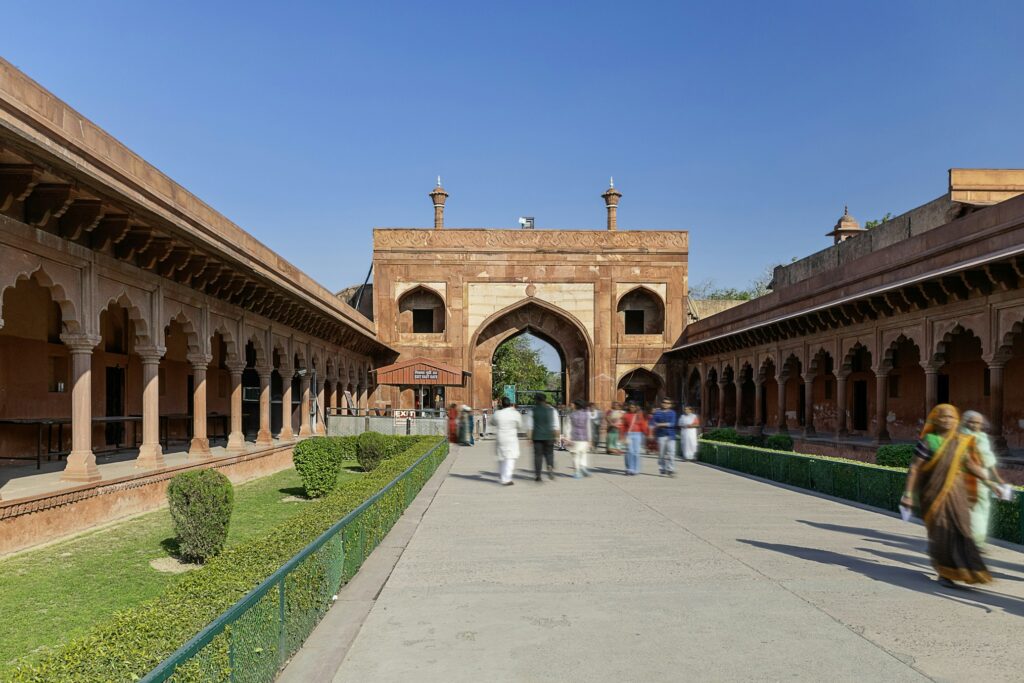India’s diverse landscape and climatic variety make it a sanctuary for wildlife enthusiasts. From the snow-laden peaks of the Himalayas to the sun-drenched plains of central India and the dense rainforests of the Western Ghats, the country is home to a vast range of ecosystems and endemic species. Whether you’re an experienced wildlife photographer or a curious traveler seeking raw, untamed nature, Indian wildlife tour packages offer an unmatched experience across all seasons.
A key appeal of India’s wildlife tourism lies in its adaptability. Each season opens a new window into the life cycles of flora and fauna, and choosing the right time to explore enhances the richness of your experience. While some sanctuaries teem with life during the monsoon, others become prime territory for tiger sightings in the scorching summer months. Tailored Indian wildlife tour packages cater to these seasonal nuances, ensuring travelers experience the best of what nature offers at the most opportune times.
Spring, from March to early May, marks a period of transition in many parts of India. Forests begin to shed their foliage, offering clearer visibility through the undergrowth, which in turn increases the chances of spotting elusive predators. This is particularly true in reserves like Bandhavgarh, Kanha, and Pench in Madhya Pradesh. These parks are famous for their Bengal tiger populations, and during spring, as watering holes shrink, the chances of witnessing these majestic cats in the wild increase dramatically. Tour operators curate specialized Indian wildlife tour packages that include guided jeep safaris, accommodation in eco-lodges, and photography sessions under the golden hues of the retreating sun.
Summer, stretching from May to July, might deter the casual traveler due to its intense heat, but for the seasoned wildlife enthusiast, it is a goldmine. The arid heat forces animals out of their hiding places in search of water, creating ideal scenarios for sightings. Ranthambore in Rajasthan becomes particularly rewarding during this time. The historic ruins within the park, combined with its population of tigers, leopards, and sloth bears, provide a surreal safari experience. Many Indian wildlife tour packages during the summer focus on early morning and late evening safaris to avoid the extreme temperatures while maximizing viewing opportunities.
Monsoon, spanning from July to September, rejuvenates much of the subcontinent’s flora. Though many national parks shut down due to heavy rains and conservation reasons, regions in the Western Ghats and northeastern India become accessible and vibrant. Periyar Wildlife Sanctuary in Kerala and Kaziranga in Assam offer immersive green landscapes, teeming with life. These destinations are ideal for travelers seeking a more holistic ecological experience. Some Indian wildlife tour packages during the monsoon include activities beyond safaris, such as guided nature walks, bird-watching expeditions, and educational tours with local naturalists.
Autumn, from October to November, is arguably the most balanced season for wildlife tours. The rains have receded, the vegetation is lush, and the animals are active. This is also the time when most national parks reopen after the monsoon hiatus. Parks like Tadoba in Maharashtra and Satpura in Madhya Pradesh come alive with a blend of predator activity and thriving herbivore populations. During autumn, Indian wildlife tour packages often cater to both casual and serious wildlife lovers, offering a mix of luxury stays and mobile tented camps within buffer zones for a closer encounter with nature.
Winter, from December to February, brings a crisp freshness to the air and sees migratory birds flocking to Indian wetlands and sanctuaries. Bharatpur Bird Sanctuary in Rajasthan, also known as Keoladeo National Park, becomes a paradise for ornithologists and photographers. Siberian cranes, bar-headed geese, and a multitude of other species arrive in full splendor. Similarly, the Little Rann of Kutch in Gujarat offers sightings of the Indian wild ass and various raptors that come alive in the cooler months. During this period, Indian wildlife tour packages often emphasize birding trails, photography workshops, and community-based eco-tourism that supports local guides and conservation efforts.
One of the emerging trends in recent years is the emphasis on responsible travel. Ethical safaris, reduced carbon footprints, and community involvement are increasingly integral to Indian wildlife tour packages. Many operators now provide environmentally sustainable accommodation options, promote zero-waste travel, and contribute a portion of their profits to wildlife conservation programs. These efforts not only enrich the traveler’s experience but also ensure the longevity of India’s rich biodiversity.
Customizability is another strength of Indian wildlife tour packages. Whether you’re interested in a luxury tented camp in the heart of the jungle, a rugged backpacking adventure with minimal amenities, or a family-friendly itinerary with educational components, there are options tailored to suit all needs. Seasonal variations are carefully considered when designing these itineraries, ensuring that each journey remains distinct and immersive.
Moreover, the integration of technology into wildlife tourism has enhanced the overall experience. Real-time animal tracking, drone-based landscape overviews, and AI-guided route planning are slowly becoming part of the offerings. This intersection of traditional wildlife watching with modern tools is redefining how Indian wildlife tour packages are designed and delivered.

In conclusion, India offers a year-round haven for wildlife enthusiasts, and each season presents its own set of wonders. Whether it’s the dramatic chase of a tiger in the parched summer plains, the serene calls of migratory birds in the winter wetlands, or the vibrant chorus of amphibians during the monsoon, the country’s ecological diversity never fails to inspire. Selecting the right Indian wildlife tour packages based on the season can turn a simple vacation into a transformative, unforgettable encounter with nature.





















